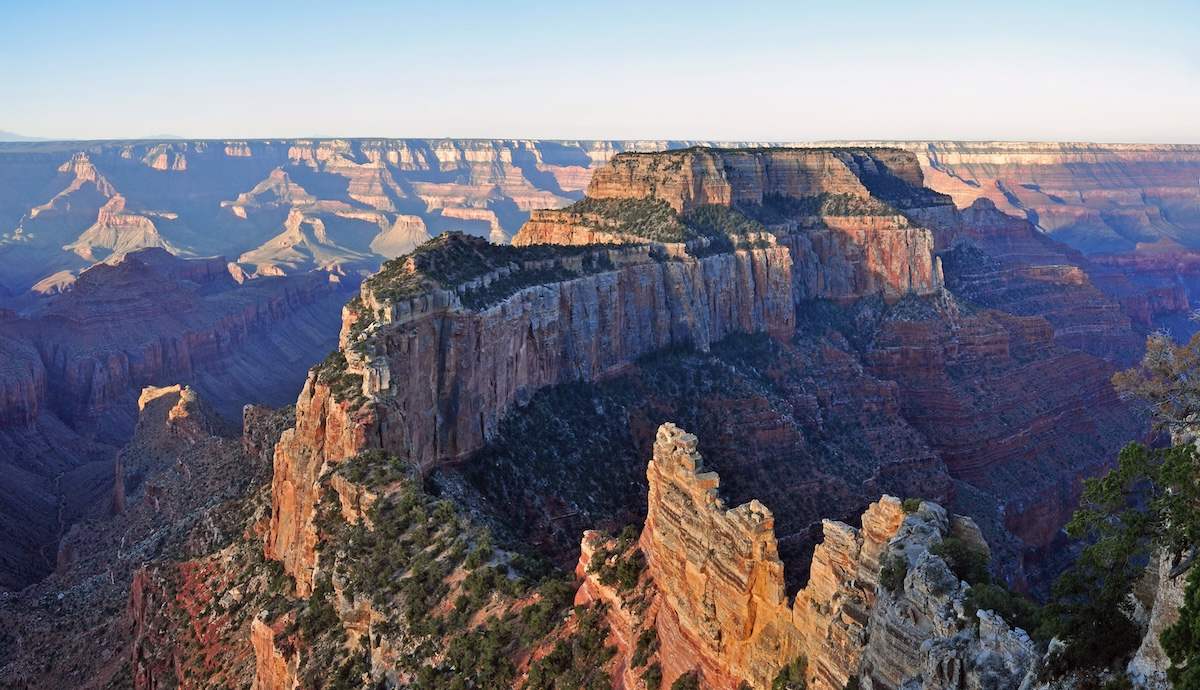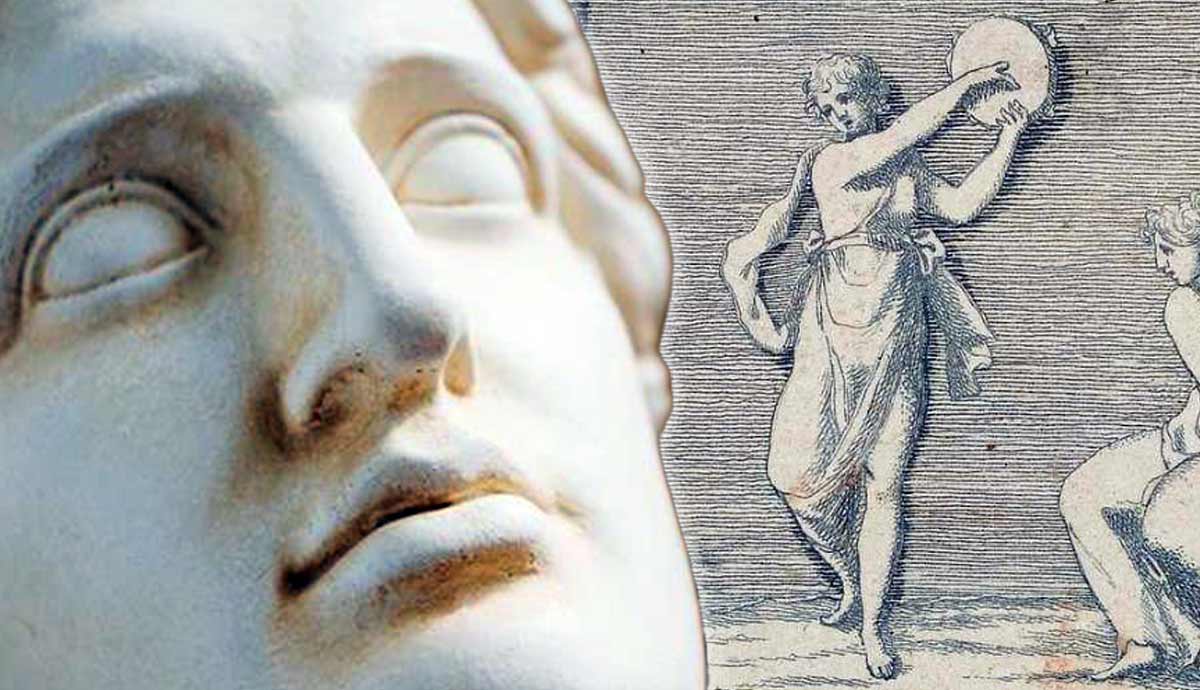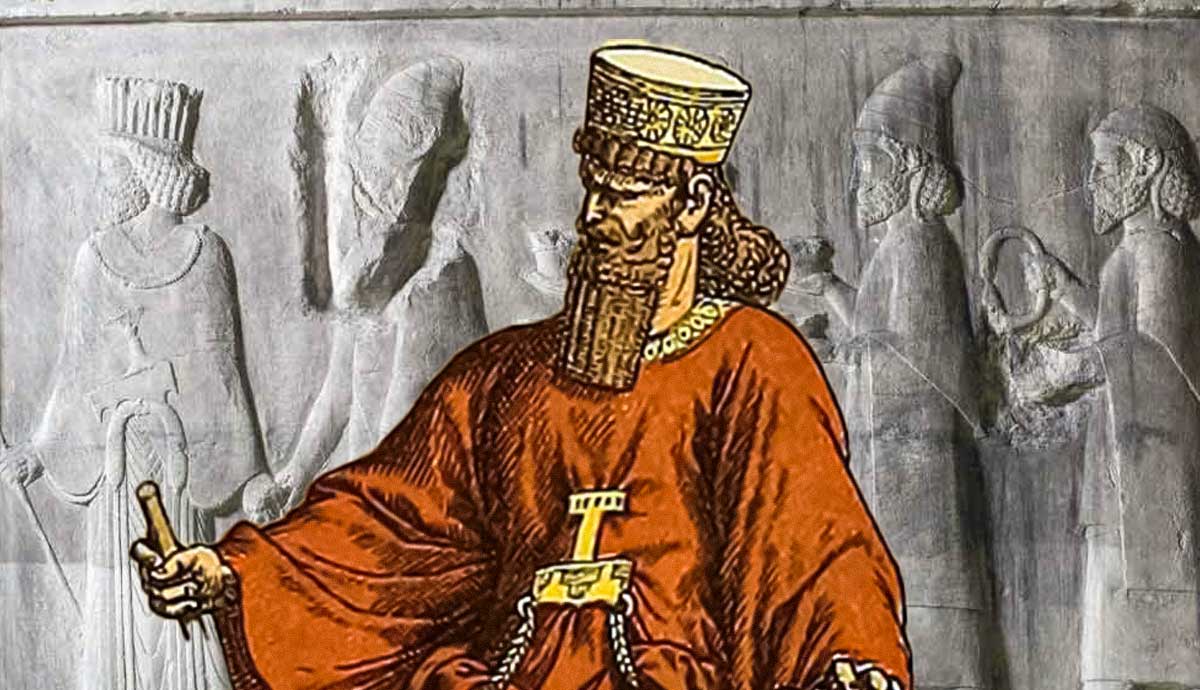
The Grand Canyon is one of Earth’s most incredible and iconic landmarks. But its sculpted stones and carved canyons aren’t just a geological timeline. Humans have inhabited, worshipped, and traversed the region for thousands of years. Read on to discover how the hidden histories of ancient civilizations, Native American tribes, and modern explorers come to life within the Grand Canyon.
The Earliest Inhabitants of the Grand Canyon

Nearly 12,000 years ago, the Grand Canyon was inhabited by nomadic hunters and the early stages of ancient communities. The oldest human artifacts found in the region date back to the Paleo-Indian Period, during which the Americas’ earliest inhabitants arrived following the last Ice Age.
Among these ancient artifacts are stone tools, charred hearths, and rock shelters, all of which reveal how the Grand Canyon’s first inhabitants adapted to the extreme terrain and desert climate. They followed migratory game animals, moved with the seasons, and told stories on stone in the form of pictographs and petroglyphs.
Sacred Lands and Enduring Voices: Native American Legacies

To many Native American tribes, the Grand Canyon is more than ancient history—it is actually a living entity. Eleven federally recognized tribes maintain ancestral and spiritual ties to the Grand Canyon today, including the Havasupai, Hopi, Hualapai, Navajo, Zuni, and Paiute.
According to Hopi cosmology, the Grand Canyon is the place of Sipapuni, the spiritual emergence point where their ancestors rose from the third world into the present fourth world. This sacred spot, located at the confluence of the Little Colorado and Colorado Rivers within the Grand Canyon, remains central to Hopi beliefs and ceremonies.
The Havasupai, whose name means “people of the blue-green waters,” have lived in the Grand Canyon for approximately 800 years, primarily around Havasu Creek. The capital of the modern-day Havasupai Indian Reservation, Supai Village, is the most remote community in the contiguous United States, according to the U.S. Department of Agriculture. It is accessible only by helicopter, on foot, or by mule.
Cities in the Cliffs: Ancestral Puebloan Sites

Modern-day archaeology continues to uncover signs of human civilization within the walls of the Grand Canyon. Between 2007 and 2009 alone, more than 400 previously unrecorded archaeological sites were documented along the Colorado River. Among these discoveries are what remains of the Ancestral Puebloans, also known as the Anasazi.
Between approximately 800 and 1200 CE, the Ancestral Puebloans lived in multistory dwellings that they constructed into the cliff sides of the Grand Canyon. They left behind painted pottery, arrowheads, petroglyphs, and ceremonial kivas, reflecting a culture rich in ritual and trade. Many of these sites are located in extremely remote areas, yet they demonstrate how people managed to thrive, not just survive, in the Grand Canyon.
Kincaid’s Legend and Cold War Cave Secrets

Not all stories of the Grand Canyon are grounded in archaeology. Some originate from folklore and fringe theories, such as the alleged Kincaid Expedition. In 1909, the Arizona Gazette reported that explorer G.E. Kincaid had discovered a cave filled with Egyptian artifacts within the Grand Canyon. The so-called “Lost Egyptian Cave of the Grand Canyon” is widely regarded as a hoax. However, the story has since fueled conspiracy theories about hidden histories and government cover-ups.
Kincaid’s Cave may be a legend, but other caves in the Grand Canyon have been put to concrete use. During the Cuban Missile Crisis, the U.S. government designated the Grand Canyon Caverns—a dry cave system 210 feet underground—as a fallout shelter. Survival supplies for up to 2,000 people are still stashed deep inside the caverns.
Tracks in the Dust: Settlers, Tourists, and Transformation

Ever since Spanish explorers reached the rim in 1540, endless streams of trappers, miners, missionaries, and homesteaders have headed to the Grand Canyon. In the late 19th century, railroad companies began promoting tourism in the region, connecting visitors to lodges, mule trails, and scenic overlooks via train. Traces of old copper mines and pioneer-era cabins still dot the desert landscape.
In 1919, President Woodrow Wilson designated the Grand Canyon as Arizona‘s first National Park. Today, the park welcomes about five million visitors every year. Beyond the popular viewpoints and well-trodden tourist trails, it also remains the ancestral home of the Havasupai and an important site for ecological conservation.
Indeed, the Grand Canyon is more than a geological wonder. It is an ever-evolving testament to human endurance, faith, and connection to the land. Its seemingly silent chasms are filled with hidden histories and surprising stories that continue to unfold today.










